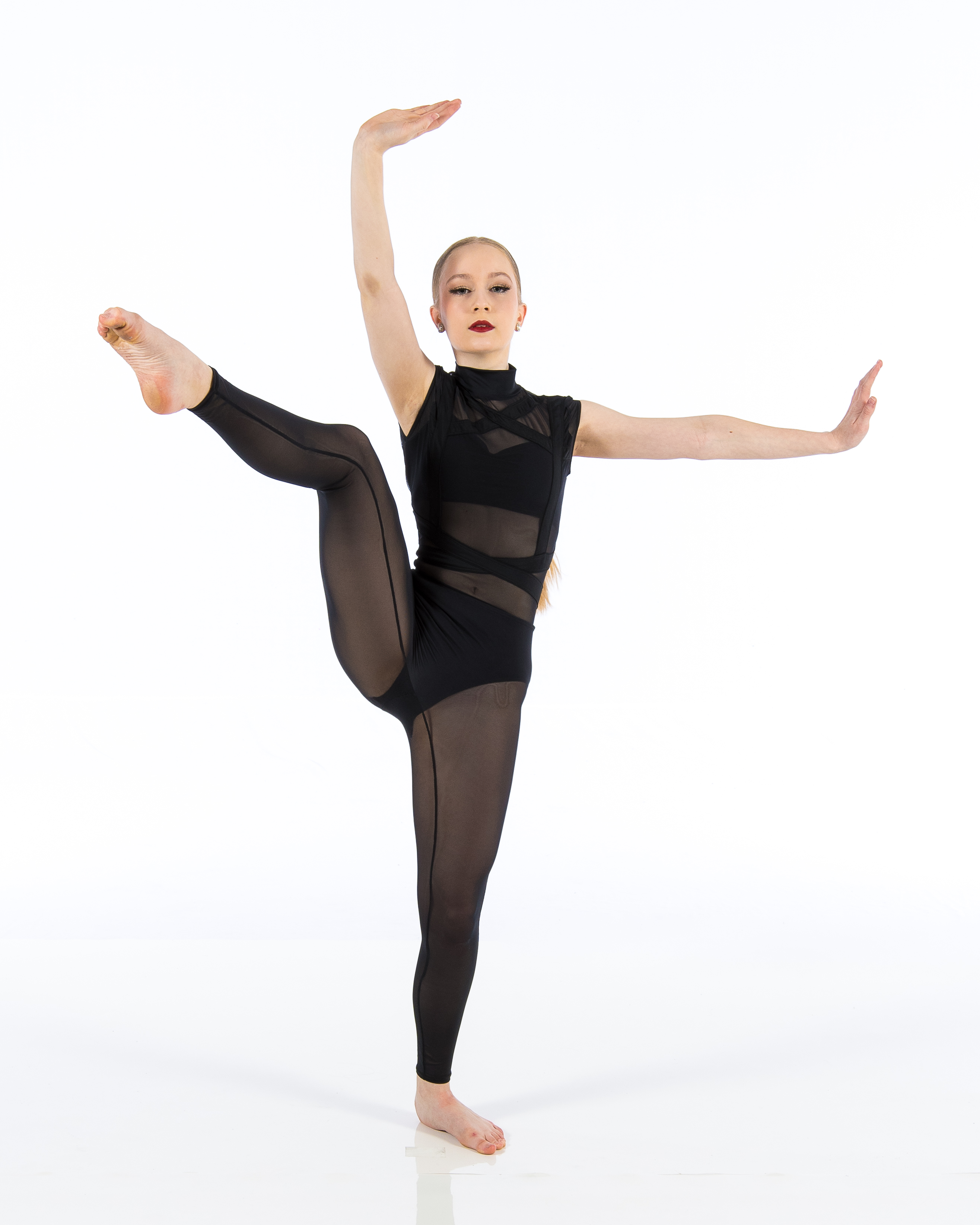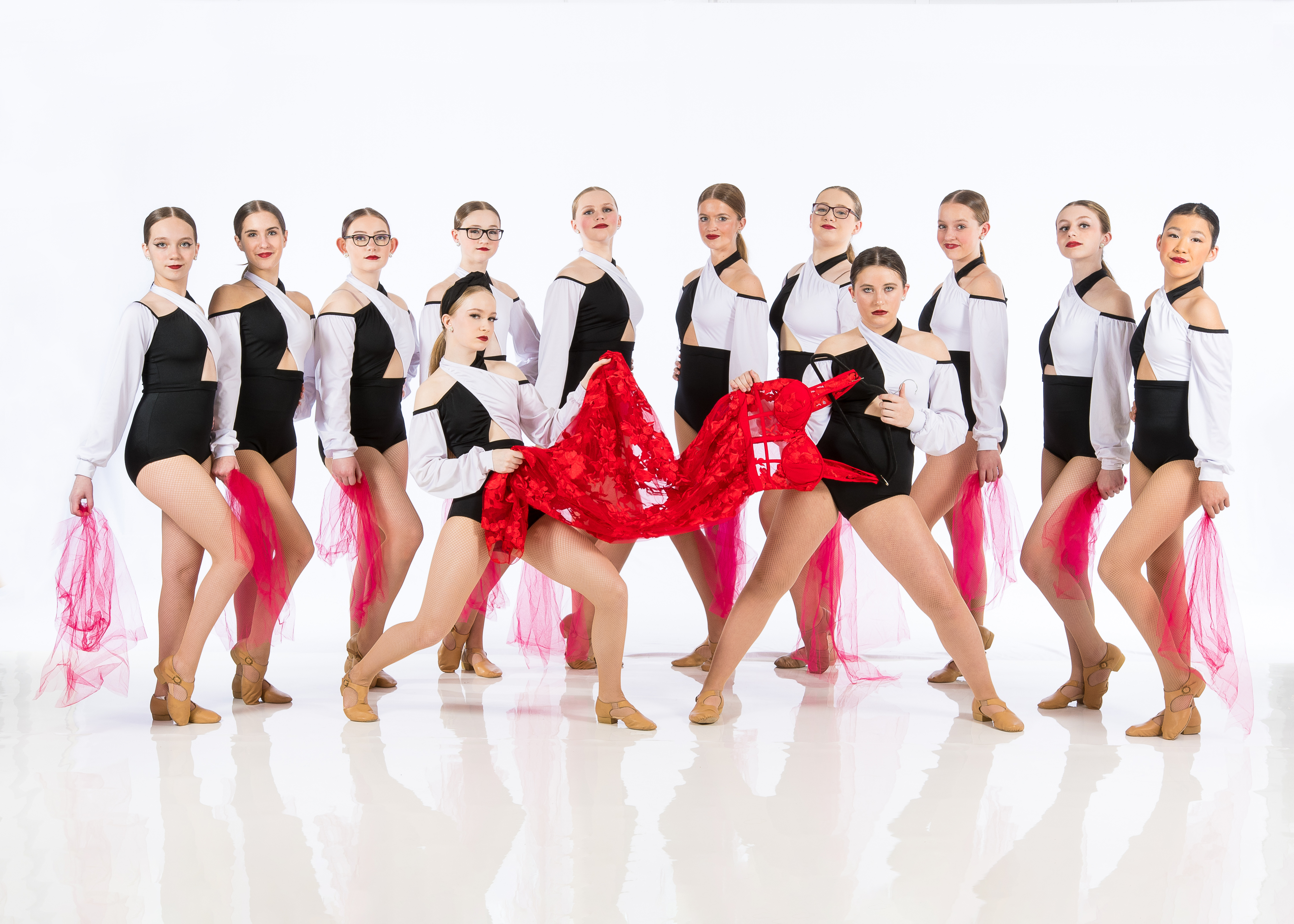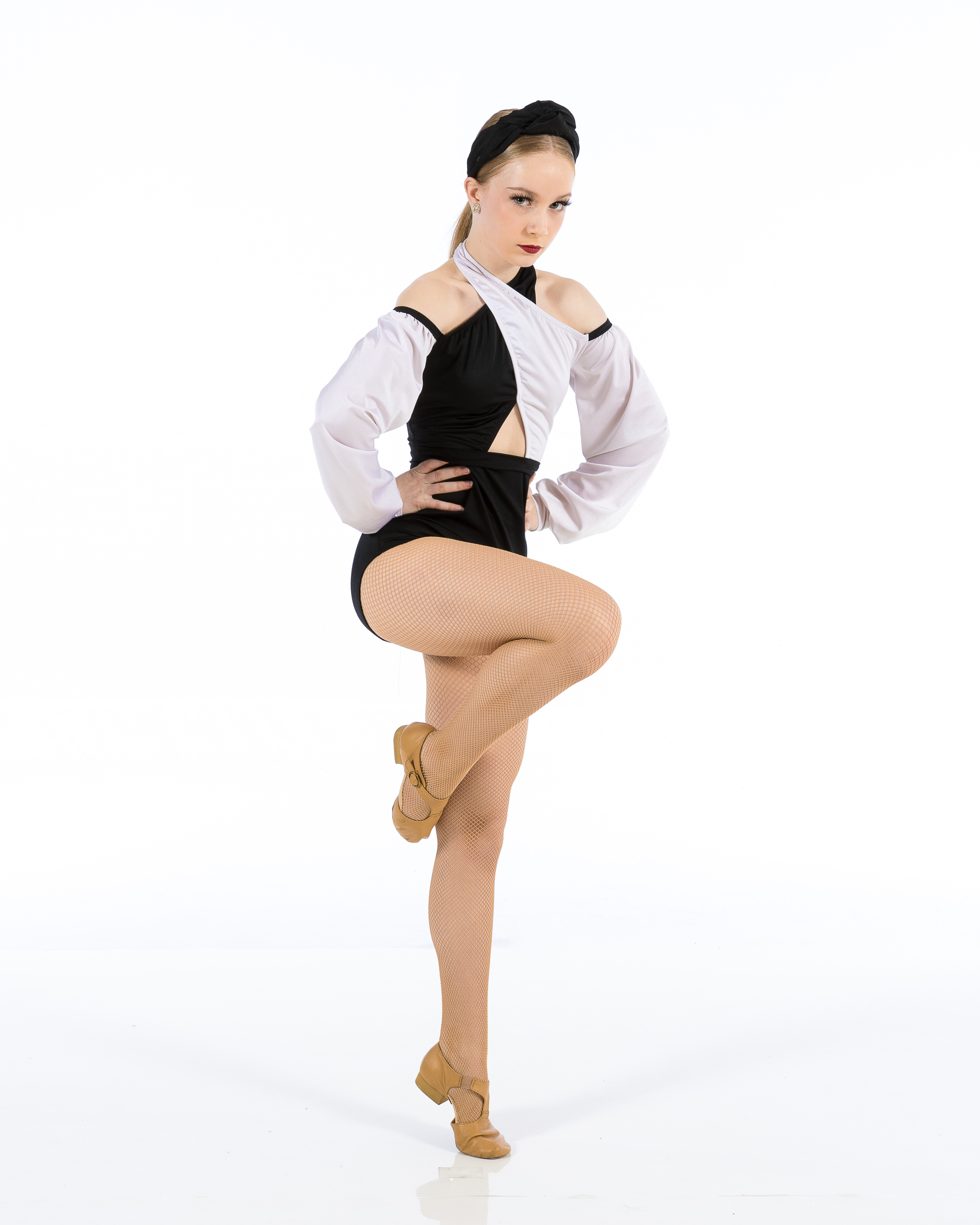Introduction
In the world of dance, where grace and expression collide, the relationship between teachers and students dance studio can be the key to unlocking true potential. It’s essential for both parties to foster a supportive environment that not only nurtures skills but also builds confidence. This article delves deep into The Impact of a Positive Teacher-Student Relationship in Dance Studios, exploring how such dynamics can significantly enhance the learning experience. Whether you're at a Ballet Dance Studio or any other Dance Studio, understanding this relationship can transform your journey as a dancer.
Understanding Teacher-Student Relationships in Dance Studios
What Makes a Good Teacher?
A good teacher is more than just an expert in their field; they are mentors who inspire students. They create safe spaces for expression and growth, instilling passion and discipline. In dance studios, particularly at Ballet Dance Academies, this connection becomes crucial.

Why Are Relationships Important?
Relationships between teachers and students serve as the backbone of any educational setting. In dance, where feedback is constant, having a positive rapport allows students to feel comfortable taking risks and making mistakes. This sense of security leads to greater creativity and exploration.
The Emotional Connection: Building Trust and Safety
Creating an Open Environment
Teachers who encourage openness help cultivate trust within their students. When dancers feel secure in expressing themselves, they are more likely to embrace challenges rather than shy away from them.
Empathy Matters
Empathy plays a vital role in teacher-student relationships. A teacher who understands their students' struggles—whether they’re technical issues or emotional hurdles—can provide tailored support that meets each dancer’s needs.
Boosting Confidence through Positive Reinforcement
The Role of Encouragement
Positive reinforcement can work wonders in boosting student confidence. Simple words of encouragement can motivate dancers to push beyond their limits, transforming self-doubt into self-belief.

Celebrating Achievements Together
Acknowledging milestones—big or small—creates shared joy. Celebrating achievements fosters camaraderie and strengthens the bond between teachers and students, making learning more enjoyable.
Effective Communication: A Two-Way Street
Open Dialogue: Key to Success
Communication is fundamental in any relationship. Teachers must engage with their students openly, encouraging questions and discussions about techniques or performances.
Listening Skills Matter
It's equally important for teachers to listen actively. By understanding student concerns or aspirations, educators can tailor their approach effectively.
Adapting Teaching Styles: Individual Needs Matter
Recognizing Different Learning Styles
Every dancer has unique strengths and weaknesses. A skilled teacher identifies these differences and adapts their teaching method accordingly—be it visual aids for visual learners or hands-on demonstrations for kinesthetic learners.
Personalized Feedback: Tailoring Growth Paths
Personalized feedback allows dancers to focus on specific areas for improvement while leveraging their strengths, enhancing overall performance in classes at any Ballet Dance Academy.

Fostering Community Within Dance Studios
Building Relationships Among Peers
Positive teacher-student relationships often extend into fostering connections among peers as well. When teachers encourage collaboration among students, it creates a supportive community that enriches everyone’s experience.
Teamwork Makes the Dream Work!
Group projects or performances require teamwork, which further strengthens bonds—not just between teachers and students but also among classmates at the Dance Studio.
Conflict Resolution: Navigating Challenges Together
Addressing Issues Proactively
No relationship is without its challenges. A positive teacher-student dynamic involves addressing conflicts promptly rather than letting them fester.
Using Conflict as an Opportunity for Growth
Conflicts can be constructive when handled correctly; they present opportunities for growth in relationships as well as personal development.
Long-Term Effects on Dancer Development
Lifelong Love for Dance
A strong positive relationship often leads students to develop a lifelong passion for dance rather than simply viewing it as an obligation or chore.
Future Opportunities Driven by Passion
Dancers who feel supported are more likely to pursue advanced training or even careers within the performing arts due to their foundation built on trust and encouragement.
Challenges Faced by Teachers in Building Relationships
Time Constraints
In busy studios with tight schedules, dedicating time for individualized attention becomes challenging yet essential.
High Expectations
Teachers may face pressure from parents or administration which could hinder forming genuine relationships with students.
Success Stories: Transformative Relationships in Action
Case Study 1: From Shy Beginner to Star Performer
One student entered her first class feeling utterly intimidated but flourished under the guidance of her nurturing instructor who made her feel seen.
Key Takeaway: Personalized attention transforms fear into confidence!
Case Study 2: The Power of Team Dynamics
A group of dancers learned not just from their instructor but from each other thanks to collaborative projects encouraged by their passionate teacher.
Key Takeaway: Community fosters growth!
Best Practices for Teachers Seeking Positive Relationships
Be Approachable Foster Open Communication Encourage Student Input Celebrate Milestones Adapt Teaching Styles Model EmpathyEach practice contributes uniquely toward creating an environment where both parties thrive!
Conclusion: Embracing the Journey Together
In conclusion, we see that relationships rooted in positivity pave the way for impactful experiences within dance studios like Ballet Dance Academies. Not only does it enhance skill acquisition, but it also nurtures emotional resilience—a vital ingredient in every dancer's toolkit! So let’s embrace those moments together because after all… it's not just about mastering moves; it's about growing together on this beautiful journey called dance!
FAQs
What is the importance of teacher-student relationships in dance?
Teacher-student relationships are crucial because they foster trust and safety, allowing dancers to explore their artistry freely without fear of judgment.
How can I improve my relationship with my dance teacher?
You can improve your relationship by being open about your feelings towards lessons and asking questions whenever you're unsure.
Do all dance studios promote positive relationships?
While many do strive for this atmosphere, it's essential that both teachers and students actively participate in building these connections.
Can parents influence teacher-student dynamics?
Absolutely! Supportive parents who communicate positively with instructors help create an enriching environment conducive to meaningful relationships.
How does a positive relationship affect performance?
When dancers feel valued by their instructors, they tend to perform better due to increased confidence levels driven by encouragement.
What role does communication play?
Clear communication establishes expectations while also ensuring feedback flows smoothly between teachers and students alike.
By fostering such enriching connections within our beloved dance studios—from Ballet Dance Studios through all types—we sculpt not only talented performers but confident individuals ready to take on life’s stage!